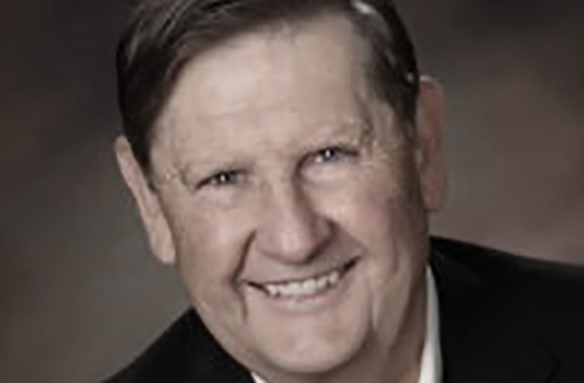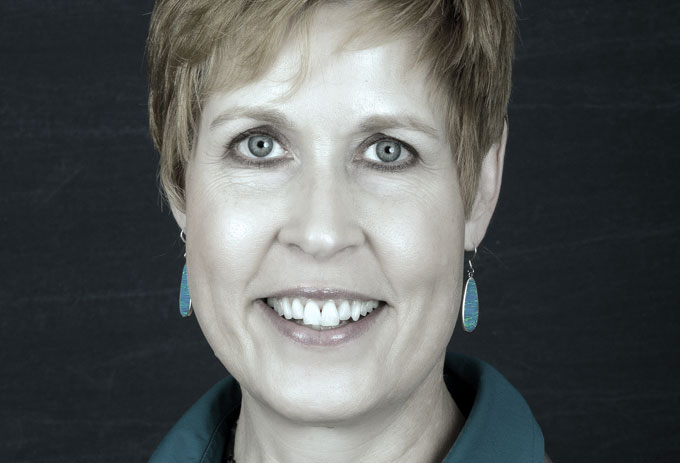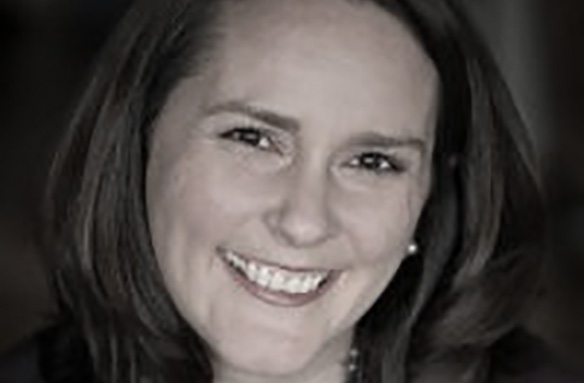Perspectives on Leaving a Legacy by Lorraine del Prado
Perspectives on Leaving a Legacy
by Lorraine del Prado
Americans are considered the most charitable people in the world. According to a 2011 Charities Aid Foundation survey involving 153 countries, two out of three Americans (65 percent) donated to charity, two out of five (43 percent) volunteered their time and roughly three out of four (73 percent) helped a stranger.
The philanthropic spirit of Americans, however, is still not reflected in their estate plans. According to a recent Legacy Leaders research study involving 20,000 Americans 50 years or older, fewer than 9.5 percent of those who gave more than $500 a year had a charitable estate plan. The Leave a Legacy program also cites another study that indicated that only 8 percent of Americans leave a charitable bequest in their will. The factors that contribute to this curious gap between lifetime and estate giving still need to be the subject of extensive research.
The fact that six out of 10 Americans die without a will is one big factor. That’s because the laws of intestacy (dying without a will) provide a default estate distribution plan that only includes the deceased person’s relatives (in an arbitrary line of priority) and does not anticipate charity as a desirable heir. Therefore, those who want to leave a charitable legacy to charitable organizations must have an estate plan, which includes bequests by will or living trusts and beneficiary designations for non-probate assets, such as Individual Retirement Accounts, insurance and annuities.
Imagine what would happen, however, if the number of people who created estate plans and included charity in those estate plans doubled. The landscape of social causes would be positively transformed forever!
If you are still unsure about the place of charitable bequests in your estate plan, you may find the following sample of perspectives from bequest donors refreshingly simple:
- Bequest giving is very affordable. According to Ann Marie Davis, a hospital employee, “I’m not wealthy. Giving through my will allows me to make a meaningful gift to an organization I believe in when I no longer need my assets to support myself.”
- An important expression of your values. “I think one’s checkbook and will tell a great deal about a person’s values,” says Dina Wells, a volunteer leader. Her husband John, an investment advisor, adds, “We know our children appreciate our practice of volunteerism and philanthropy and will hopefully continue that tradition.”
- It’s the right thing to do. “I strongly believe that if you live in a community, it’s your moral obligation to return something to it.” Those words of the venerable judge and mediator Gerard Shellan have informed his lifetime and estate giving.
- We need to pay it forward. According to community volunteer Anne Moldrem, “My mother taught me that each generation benefits from the sacrifices of the prior generation and can only give back by helping those who follow.”
- Consider charity another member of your family. Carl Middleton, an insurance professional in Bainbridge Island, and his wife care deeply for their three children and charities in their community. Their estate plan basically provides equal shares of what they own to their four “family members” – their three children and their donor advised fund at a community foundation.
- A tribute to a loved one. Jim and Marjorie Ghiglione lost their daughter Carla to aplastic anemia more than 45 years ago. To honor her memory, they’re dedicating a substantial portion of their estate to help prevent, treat and eliminate this deadly disease.
- The 10 percent rule. “Giving 10 percent to community organizations feels right to us,” says Conni Clarke, a retired nurse and community volunteer in Vashon Island. Her husband Doug Clark, a retired navy captain, adds, “Your children will do just as well with 90 percent of your estate as they would with 100 percent!”
- Investing in a social portfolio. My husband and I feel that our lives and those of others have been greatly enriched by health, educational, cultural and environmental organizations. Modest as it is, our estate plan includes a social portfolio that allocates bequests to organizations we deeply care about in these sectors.
I hope this sample of perspectives helps inspire you to leave your mark in the world by thoughtfully including a charity or charities in your estate plan. Remember that no matter the size of your bequest, every charitable gift – just like any act of goodness – has a ripple effect that positively impacts the lives of people for generations.
TESTIMONIALS
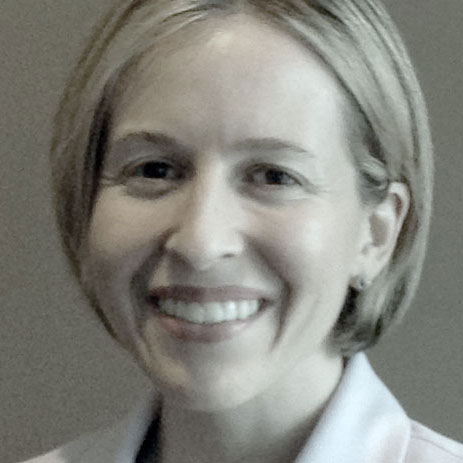
There are many causes we care about deeply. Supporting them during our lifetimes brings us great joy. We know gifts we leave behind will make a meaningful difference in the lives of others and ensure the future strength of organizations that make for a better world.

Investing in the non-profit sector has been a rewarding part of my life – and I know both my community and my business are stronger today because of it. Joining with others to explore ways we can make our communities thrive today and long after I’m gone just makes sense!
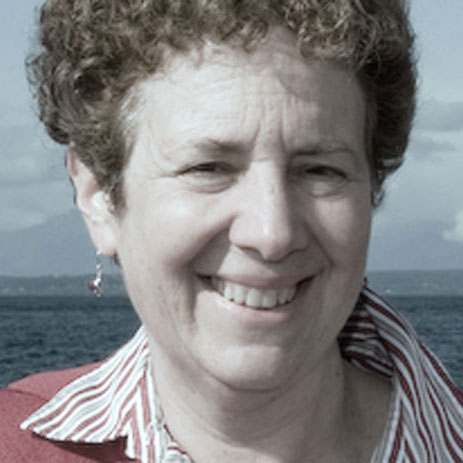
My partner and I are proud to have named many non-profits in our will as part of our estate planning. These are the institutions that have nourished us, help save the lives of others, and protect the environment for generations to come. It is a privilege to carry our work forward!
OUR MISSION
Leave 10 aims to build better communities and transform as many people as possible into philanthropists by educating, inspiring and encouraging individuals to aspire to leave at least 10% of their estate to charity.


